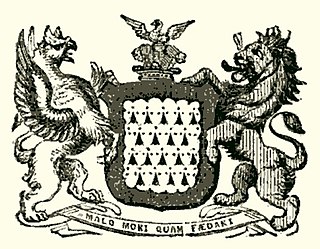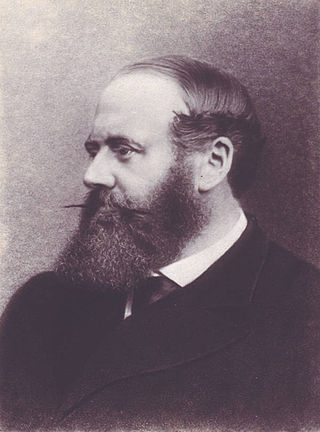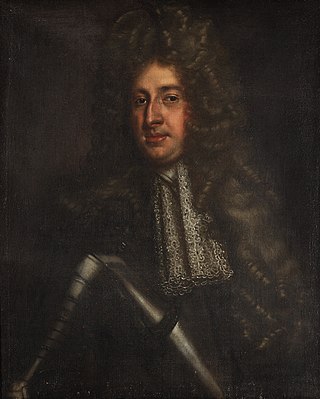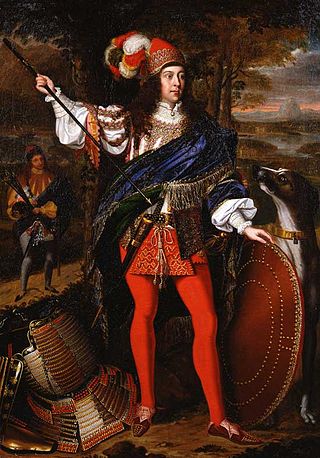Related Research Articles

Viscount Gormanston is a title in the Peerage of Ireland created in 1478 and held by the head of the Preston family, which hailed from Lancashire. It is the oldest vicomital title in the British Isles; the holder is Premier Viscount of Ireland.

Baron Trimlestown, of Trimlestown in County Meath, was a title in the Peerage of Ireland. Following the death of the 21st Baron in January 2024 with no known heir, the title is dormant, and may be extinct.
This is a list of people who served as Lord Lieutenant of County Meath, Ireland.
(Jenico) Nicholas Dudley Preston, 17th Viscount Gormanston, is an Anglo-Irish aristocrat and British hereditary peer, who sat in the House of Lords until 1999.
Nicholas Purcell, 13th Baron of Loughmoe was the son of James Purcell of Loughmoe and the maternal nephew of James Butler, 1st Duke of Ormonde.

Jenico William Joseph Preston, 14th Viscount Gormanston,, was an aristocratic Anglo-Irish colonial administrator.

William Herbert, 2nd Marquess of Powis DL was an English peer and Jacobite supporter.

Henry Dillon, 8th Viscount Dillon was an Irish soldier and politician. In 1689 he sat in the Patriot Parliament. He fought for the Jacobites during the Williamite War, defending Galway against Ginkel and surrendering it in 1691 after a short siege. He obtained the reversal of his father's attainder in 1696 recovering his father's lands.

William Stewart, 1st Viscount Mountjoy (1653–1692), was an Anglo-Irish soldier.
Nicholas Barnewall, 3rd Viscount Barnewall (1668–1725) was an Irish nobleman who fought for the Jacobites but afterwards sat in William's Irish Parliament. He was buried in a beautiful monument at Lusk.
The High Sheriff of Meath was the British Crown's judicial representative in County Meath, Ireland, from the conquest until 1922, when the office was abolished in the new Free State and replaced by the office of Meath County Sheriff.
Robert Preston, 1st Viscount Gormanston (1435–1503) was an Irish peer and statesman of the fifteenth century who held the offices of Deputy to the Lord Chancellor of Ireland and Lord Deputy of Ireland.
Nicholas St. Lawrence, 9th Baron Howth (c.1550–1607) was a leading member of the Anglo-Irish nobility in the late sixteenth and early seventeenth centuries. Despite openly professing his Roman Catholic faith, he enjoyed the trust of Elizabeth I and of successive Lord Deputies of Ireland, and was even forgiven by the English Crown for signing a petition protesting against the enforcement of the Penal Laws.
Sir John Barnewall (c.1635-c.1705) was an Irish landowner, barrister and judge, who held several judicial offices, including that of Recorder of Dublin 1687-9.
Sir Nicholas Barnewall was an Irish judge and landowner of the fifteenth century who held office as Lord Chief Justice of Ireland. He was the ancestor of the Barnewall Baronets of Crickstown.

Sir Neil O'Neill, 2nd Baronet of Killeleagh, County Antrim, was an Irish Jacobite, soldier and the Lord of Clandeboye, a powerful clan of the ancient Northern Uí Néill.
William Dongan, 1st Earl of Limerick was an Irish Jacobite soldier and peer.

Nicholas Preston, 6th Viscount Gormanston (1606–1643) sat in the House of Lords of the Irish Parliament of 1634–1635 and sided with the insurgents after the Irish Rebellion of 1641.
Matthias Barnewall, 10th Baron Trimlestown was an Irish Jacobite peer and soldier.
References
- 1 2 3 Bergin, John (October 2009). "Preston, Nicholas". Dictionary of Irish Biography. Retrieved 2 February 2023.
- ↑ Officers of the Jacobite Armies, Centre for Robert Burns Studies, University of Glasgow. Retrieved 1 February 2023.
- ↑ O'Hart, John, The Irish Parliament of King James the Second in 1689, Irish Pedigrees: or the Origin and Stem of the Irish Nation (5th Ed., 1892), Volume 2. Retrieved 1 February 2023.
- ↑ Burke, Bernard, Sir. A Genealogical and Heraldic Dictionary of the Peerage and Baronetage of the British Empire. (London: Harrison, 1869), p.500.
- ↑ www.burkespeerage.com